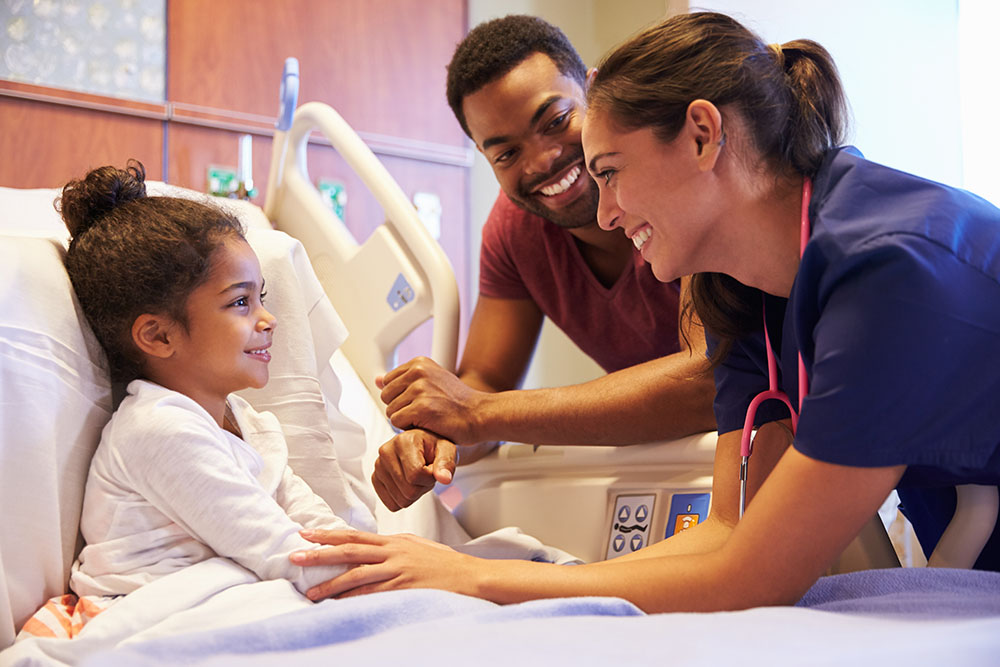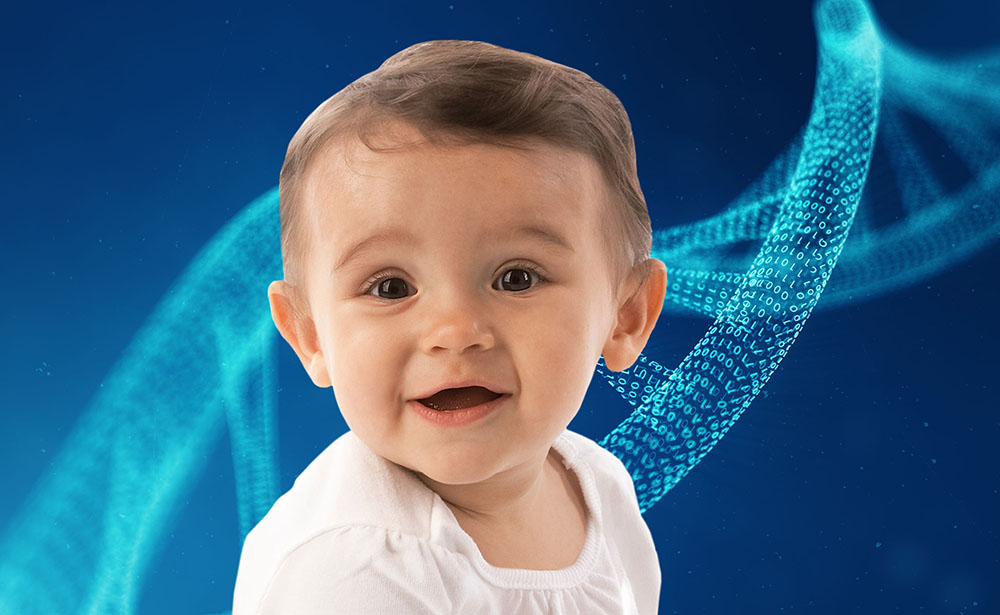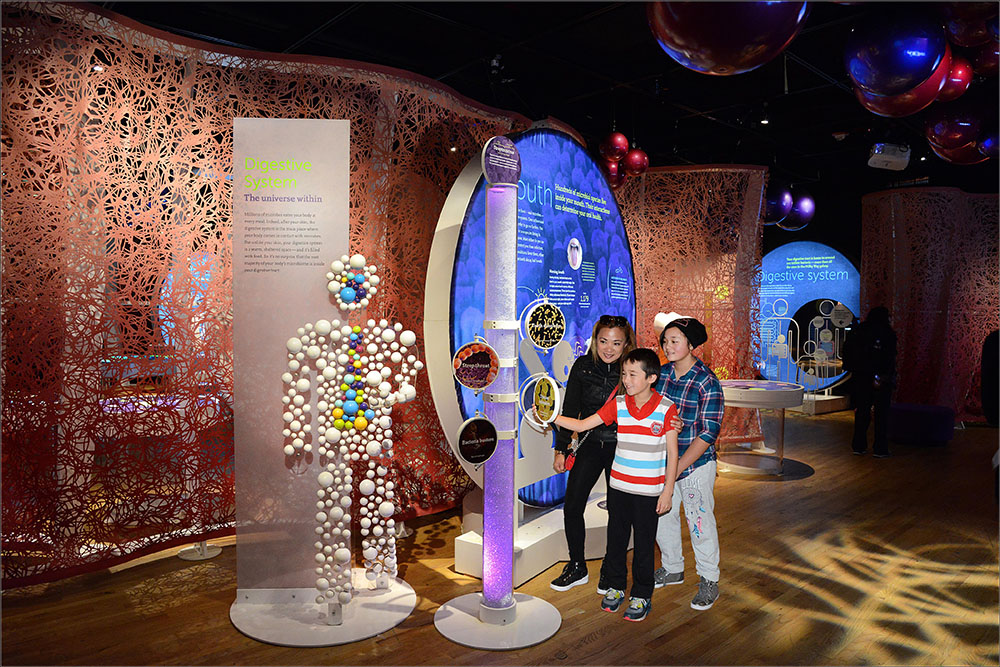
Frost Science invited Daria Salyakina, PhD, Associate Director, Personalized Medicine Initiative & Research Institute, and Marilyn Brown, MPH, Lead Operations, Personalized Medicine Initiative, of Nicklaus Children’s Hospital to give their insight about the Personalized Medicine Initiative. Discover more about the human microbiome at The Secret World Inside You exhibition at Frost Science.
As part of the Personalized Medicine Initiative team at Nicklaus Children’s Hospital, our goal is to offer the children in the care of our hospital the most state-of-the-art treatments and services. Personalized medicine is driven on the foundation that each individual has a unique genetic makeup. The field is focused on using genomic testing and the resulting data to tailor medical treatment and management for an individual’s needs. “The right medication for the right patient at the right time” has become a sort of catch phrase characterizing this.
In our rapidly expanding field, a new phrase, “second genome,” has recently come into use. If you’re perplexed on what this could possibly be, don’t worry, we had a similar reaction! Second genome actually refers to our human microbiome, a source of microbial diversity with a unique genomic blueprint in every individual. The microbes that make up our microbiome can impact health, change risk of disease, or even cause a disease.
Traditionally scientists needed to use bacterial culture to identify bacteria that could be causing disease. In a common example, your doctor may take a throat swab if you have a sore throat. This helps determine if your sore throat is actually strep throat, caused by the bacterium streptococcus pyogenes. In most cases, sore throats are actually viral in origin, meaning an antibiotic would be useless for treatment. Overuse and misuse of antibiotics can lead to antibiotic resistance, whereby bacteria evolve such that medication is no longer effective. Additionally, inappropriate use of antibiotics can harm the healthy bacteria that make up an individual’s microbiome.

New technologies, such as whole genome sequencing (WGS), are used to yield a complete genetic picture of a person. This can be extremely helpful in rare genetic disease, where a disease may not easily be recognized by a patient’s doctor. Likewise, WGS can also be used on bodily fluids to identify and characterize the bacteria inside your body or your microbiome, including pathogens that may be causing illness. Knowing the exact bacterium or virus causing an illness can be crucial when determining the best treatment!
Nicklaus Children’s is currently participating in a study using WGS provided by precision medicine company IDbyDNA to help diagnose central nervous system (CNS) infections, such as meningitis, in partnership with lead study site Rady Children’s Institute of Genomic Medicine. Understanding the cause of the illness helps our doctors determine the best course of treatment. For example, this technology could identify causative bacteria in a case of meningitis that could help our doctors select the most effective antibiotic. For CNS infections, diagnosis is extremely time-sensitive and high stakes for the health of a child. Our hope is that this technology will show a better diagnostic rate and clinical outcomes, paving the way for it to be recognized as the standard of care.
Working in pediatric research is intense but always rewarding. We pride ourselves on bringing the children that enter our hospital doors access to some of the most advanced treatments, with the ultimate purpose of providing the best care.

The Secret World Inside You will be on view through Sunday, September 8, 2019 inside the Hsiao Family Special Exhibition Gallery on the first floor of the museum. Admission to The Secret World Inside You is included with all museum admission tickets. The Secret World Inside You is presented locally by Nicklaus Children’s Hospital. The exhibition is organized by the American Museum of Natural History, New York (amnh.org).